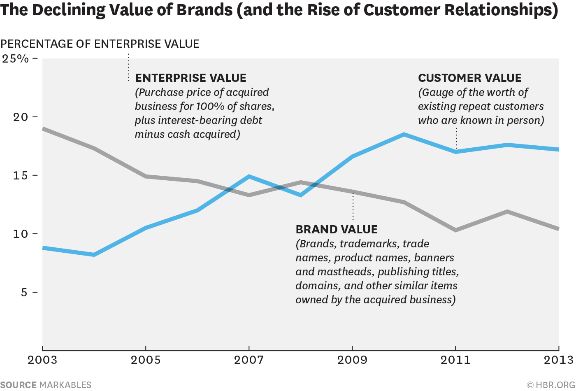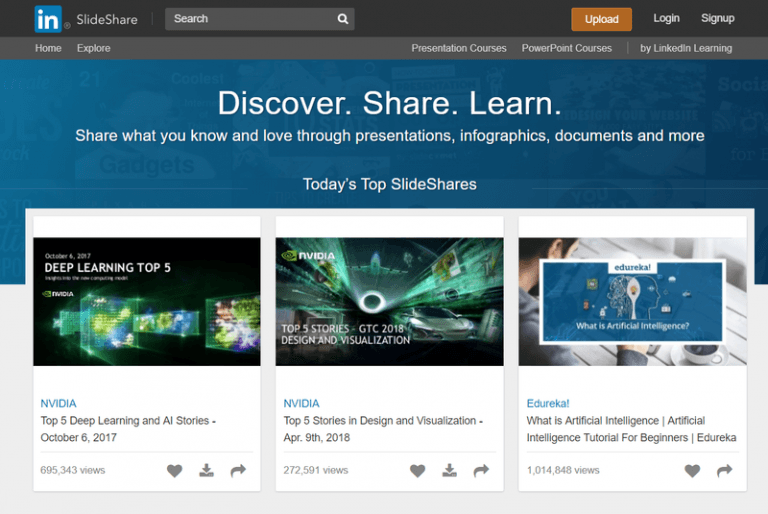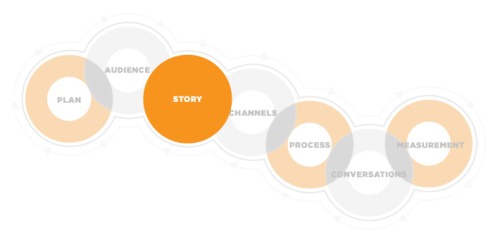Since the birth of e-commerce, marketing experts have disagreed about the future role of brands. Some have predicted that digital technologies will hasten the demise of brands because customers will have ready access to information they need to make purchase decisions, and “brand” will, therefore, become less relevant. Others have prophesied an increasing importance of […]
The Death of Microsoft’s LinkedIn’s SlideShare
In 2016, SlideShare had over 70 million unique visitors per day, and it was listed by Alexa as one of the top 100 most visited websites in the world. At its peak, it was such a powerhouse that Obama used the network to post his birth certificate. It also stood for years as a premier […]
Tips from the Top Ten Inspirational Books
Tips from Ten Inspirational Books Find Your Element by Ken Robinson Start With Why by Simon Sinek Purple Cow by Seth Godin Tipping Point by Malcolm Gladwell Getting Things Done by David Allen The Seven Habits Of Highly Effective People by Stephen Covey The 4-Hour Workweek by Tim Ferriss The Innovator’s Dilemma by Clayton Christensen […]
Best Social Media Automation Tools to Boost Traffic
What are the Best Social Media Automation Tools to Better Reach My Audience? The internet is chalk full of tools that are useful in this arena. Many sites exist to make your life easier by taking some of the burdensome work off of your shoulders. We’ve compiled a list of the nine best social media […]
Five questions to ask for loyal customers
Five questions to ask for better-than-average performance obtaining loyal customers: Do you know what makes your promoters enthusiastic about doing business with you? Your best customers have experienced you at your best, and they can give useful insights into which of their needs you are best able to serve. Do you have the right products […]




